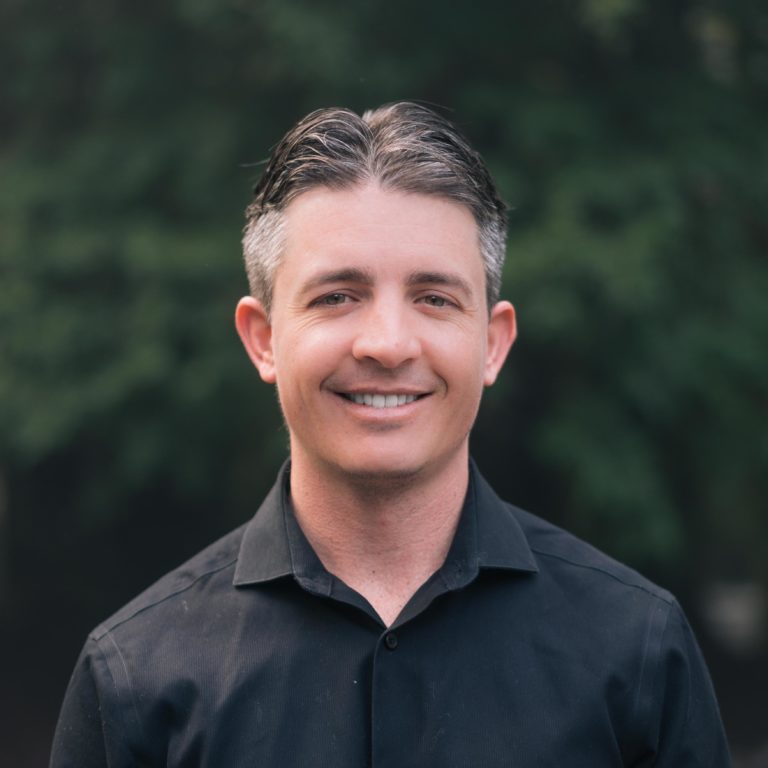Podcast Season 2: A Deeper Dive Into Best-Self Management
In season one of the Best-Self Management Podcast, we covered quite a lot in the realm of leadership development. Let’s recap: we discussed our experience creating a healthy leadership team, planning life-changing company retreats, and how to access the intelligence of our hearts, guts, and brains. We also talked about how to be present and lead with intentionality using the IEP method, and creating innovative workplace experiences via design thinking.
Now it’s time for season two, and Shane and I sat down to discuss one of our favorite topics—15Five’s Best-Self Management (hence, the name of the podcast)!
Best-Self Management is a methodology we created that focuses on helping each individual employee be and become their best selves. We’ve found tremendous success in developing our employees, and building an eight-figure business as a result.
First and foremost, Best-Self Management is a mindset, or rather a shift in thinking. This shift moves us from the outdated notion that being successful in business means getting as much as we can from our people, to one that believes our company can naturally thrive if we ensure our people do too.
The history of work and management hasn’t emerged out of a vacuum. It has a notorious legacy of hierarchy and control. Modern organizations are built off this, but Best-Self Management is a synthesis of the latest research in psychology and organizational development designed to inspire and engage your people.
The truth is that work doesn’t have to suck. Employees and managers don’t have to be in opposition to one another.
Best-Self Management achieves a win-win. Leaders can adopt principles and practices to develop an organizational culture that brings out the best in who your people are today, while simultaneously helping them become their best selves over time. Below, Shane and I dive into several main themes of Best-Self Management: psychological safety, motivation, strengths, positivity, and growth.
In this episode, we also discuss:
• What becomes possible if we focus on supporting our employees in becoming their best selves
• The history of workplace culture and why our thinking about it needs to change
• What it looks like when people show up every day as their best selves
• Helping your people understand what they are truly capable of and how to harness that power
The following is a transcribed portion of the Best-Self Management Podcast Episode 1 of Season 2, “What Exactly is Best-Self Management?”
1. Psychological Safety
David: When we are designing this culture and supporting people in their growth and development, first and foremost, [we look at] psychological safety.
When you look at Maslow’s Hierarchy of Needs, and other research, when we don’t feel safe that’s when we go into protection mode. If you don’t have psychological safety in your leadership teams, or as a whole, there’s absolutely no way people are going to show up as their best selves. They’re going to show up in a state of self-preservation, and that leads to drama, gossip, and politics that tend to be a big drag on businesses.
2. Motivation
The second is around motivation, specifically intrinsic motivation and especially related to our goals. Intrinsic motivation is connected to a deeper feeling of flow, whether people have a sense of purpose, if they know the company’s why, and if they are inspired by it.
Shane: The short version of this is, why we work influences how we work. Why we do anything is going to determine how well we do that thing.
3. Strengths
David: The third is around our strengths—understanding and discovering what those are. It’s ironic that most people don’t know their strengths because they tend to be things that come so organically for us, so much so that we don’t think they’re special at all. There has to be a process of reflection through tests like StrengthsFinder or the VIA Character Strengths survey, or even asking people in your life, “what do you see is my unique ability or strengths?”
Shane: We are a weakness obsessed culture, and in a lot of the strengths conversations they give the example of when we’re children and we would come home with our report card saying, ‘look! Mom, Dad, I got three A’s!’ But if there’s one C, our parents look and immediately go to that lower grade. That’s a fractal metaphor for how we think about our own strengths in life.
We’re not really celebrating our strengths, we’re always looking at what we’re doing wrong, the things we screw up, the weaknesses we have. That’s what gets the bulk of our attention. We need to build organizations that say ‘hey, it’s fine to have weaknesses and good to overcome them, but let’s actually cultivate your strengths.’ That is what is so exciting because that’s where our Zone of Genius lies.
David: Exactly. And the Zone of Genius being the intersection of our strengths and that motivation component, that passion component. When we can find that, it’s like magic.
4. Positivity
David: The fourth theme is around positivity. We tend to have this negativity bias, and rightfully so. Our brains are designed to survive, not to thrive. So it makes sense. But we live in a very safe environment relative to the environment we evolved in.
Shane: One of my favorite things a spouse of one of our employees shared is ‘there’s no way you guys can be productive in that positive of a culture.” I love that because it’s so hilarious to me that there’s this myth that a negative, cynical culture is going to be more productive, effective, and more ruthless in business. It’s one of the great myths that I’m determined to help dissolve because it just isn’t true.
David: I love it. And also gratitude falls into that positivity. We talk about positive psychology, and we’ve learned that we can actually rewire our brains to have more of a positivity bias than a negativity bias. When our brains are in this positive state we are more productive and more connected to each other. It’s all related to psychological safety.
Same goes for gratitude. We tend to be looking for what’s wrong, but if we can cultivate an overflow of gratitude, it increases positivity and that positivity becomes the fuel for creating an environment where people feel safe and excited to come to work.
Shane: It’s about engineering cultures that create positive brainstates in your people, so that it’s almost a default when it happens. There’s so much more we can say about this, but the physiological changes that happen in the body when you move into heightened positive emotions—the coherence of your heart beat, the effectiveness of your immune system—there’s so much cool research being done on the impact of heightened positive states.
5. Growth
David: And the last theme is around growth. This is where we talk about mindset, specifically the growth mindset. This includes habit change, feedback, and self-development objectives.
Shane: Right, and we are designed to continually grow. We’re wired for ongoing growth and development, so building organizations that foster that and know that growth is not something that’s going to happen at an offsite or with a coach—yes, those are great, but growth and development is something that happens everyday.
We’re going to weave it into our workflows so that every single day we come to work and we know that our job is to work on ourselves, and to learn and develop. We do that through our jobs, relating with others, and knowing your organization has your back to become your best self.
Throughout season two, Shane and I will continue to dive deeper into each of these themes by unpacking the science behind them, their philosophical underpinnings, and how can you introduce these teachings into your personal and professional life. By understanding how to marry each of these themes together and implement them into your everyday, you can create a work environment that has the potential to bring transcendent results for your business.
Tune in for the next episode of the Best-Self Management Podcast by clicking here! In Episode two of season two, we’ll dive deeper into psychological safety and how you can create an environment where people feel safe to take risks and be their most creative.

David Hassell is a business columnist, speaker, and serial entrepreneur who believes that when leaders institute cultural practices that support each person in being and becoming their best self, high performance and uncommon loyalty naturally result. As co-founder and CEO of 15Five, David created the science-inspired Best-Self Management methodology that helps leaders and managers address the hidden factors that stimulate sustainable growth and development – things like intrinsic motivation, growth mindset, strengths, and psychological safety in the workplace. David has been featured in The Wall Street Journal, Inc., Entrepreneur, Fast Company, and Wired. Follow him on Twitter @dhassell.

Shane Metcalf is a keynote speaker on building a world-class workplace and one of the world’s leading pioneers in the space of cultural engineering and positive psychology. His insights have been featured in Inc, Fast Company, Washington Post, and Tech Crunch. As the Co-founder of 15Five, Shane and his team support HR Executives with data-driven continuous performance management. 15Five has won numerous awards for its company culture, including the prestigious Inc. Best Workplaces award, and is ranked #3 in the U.S. on GlassDoor. Follow Shane on Twitter and LinkedIN.
Photo by Mohamed Ahzam on Unsplash




